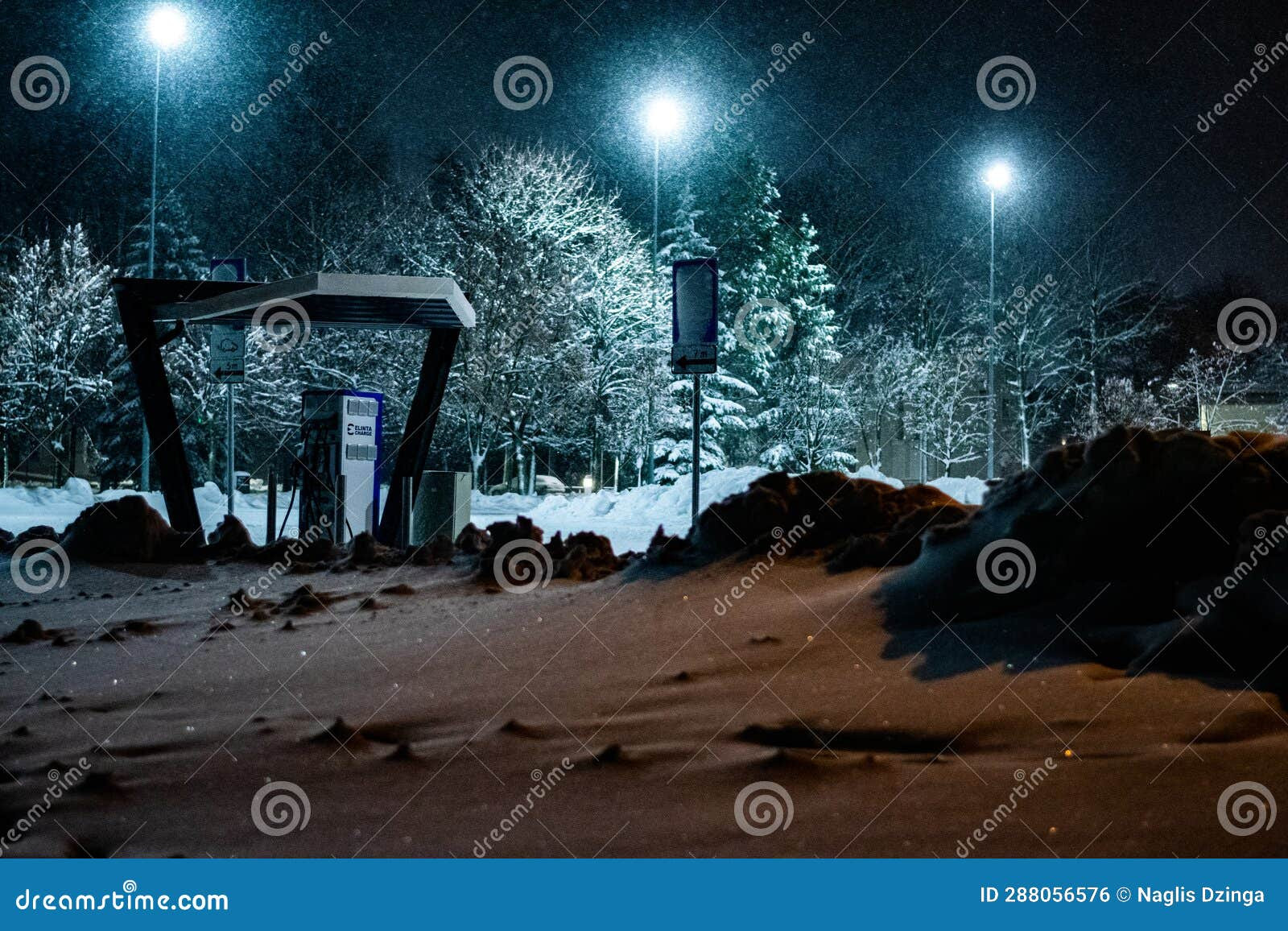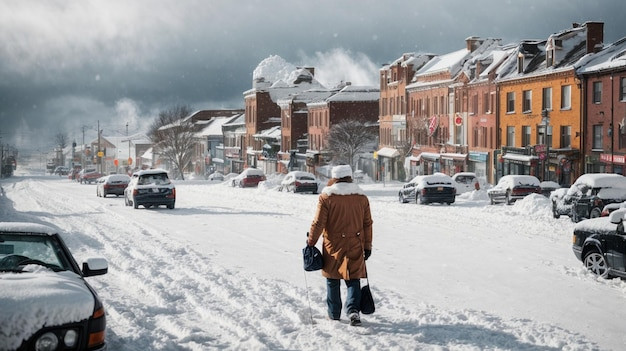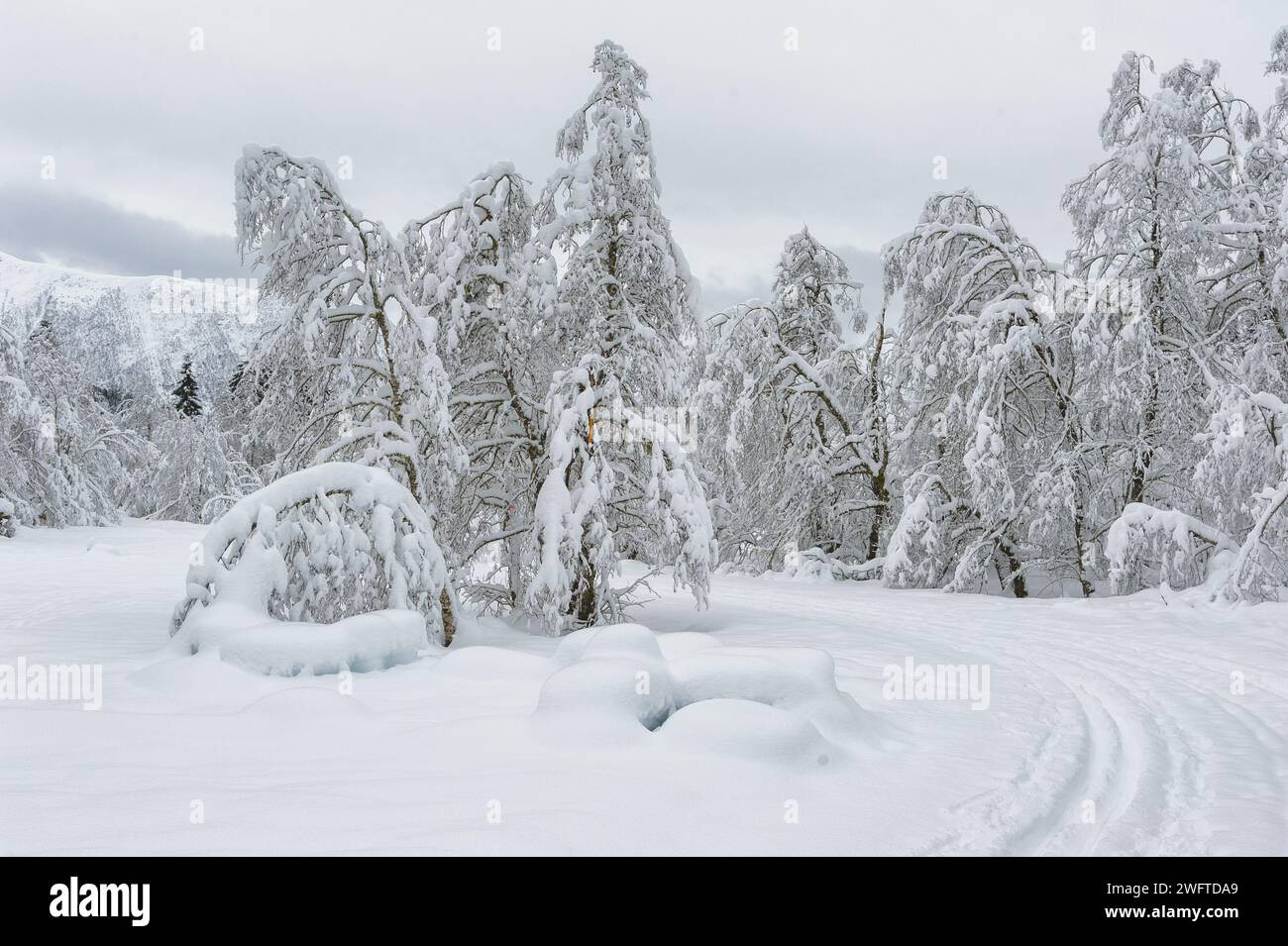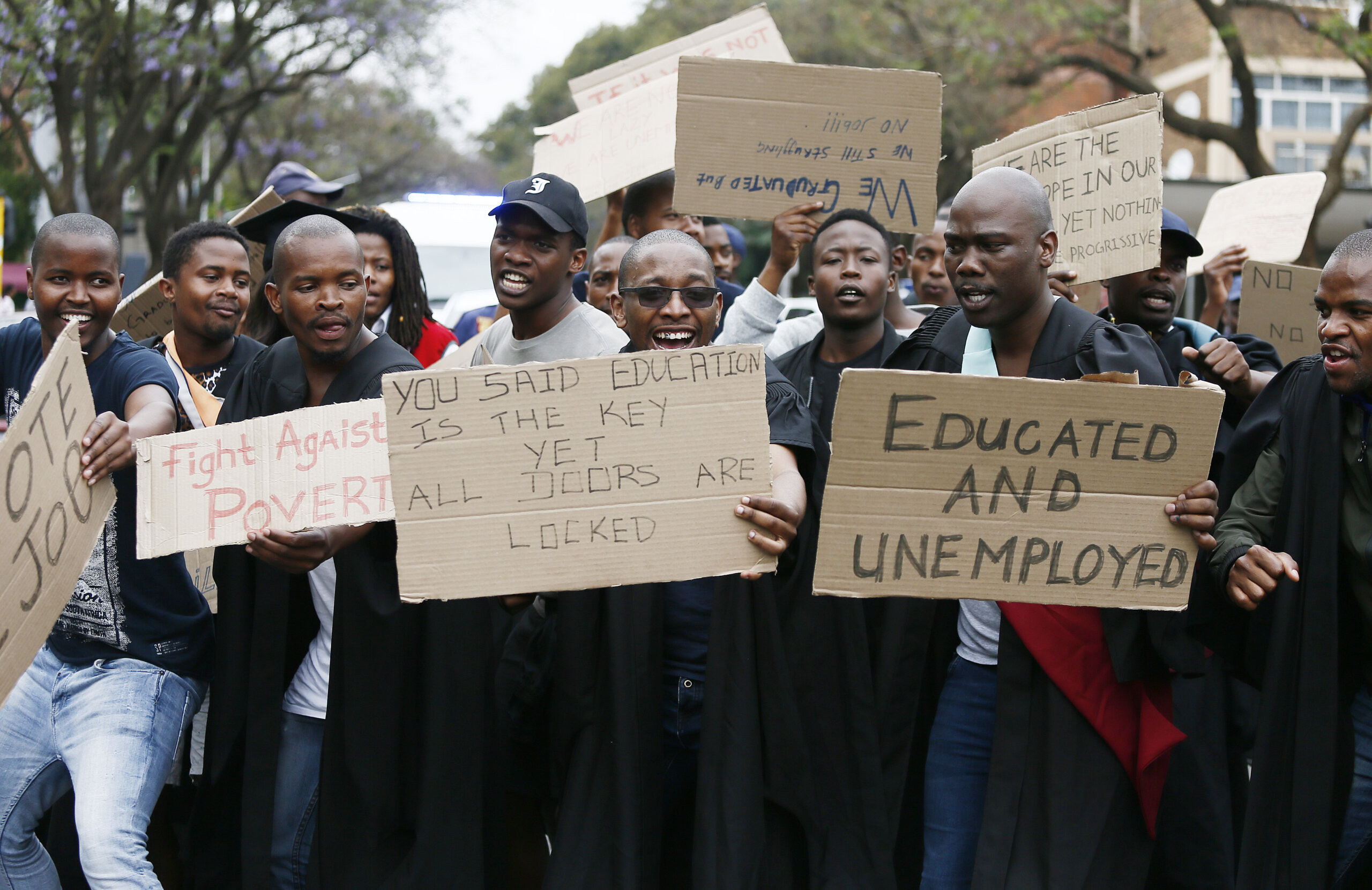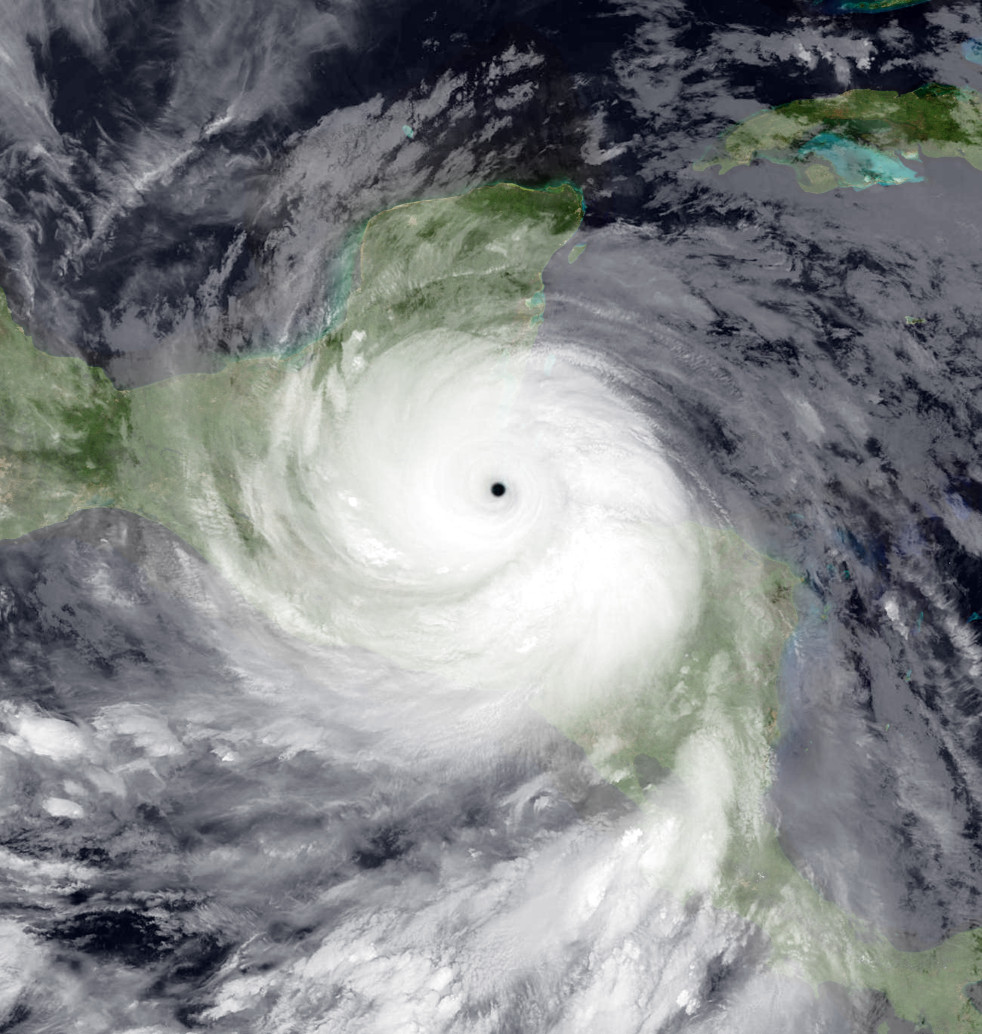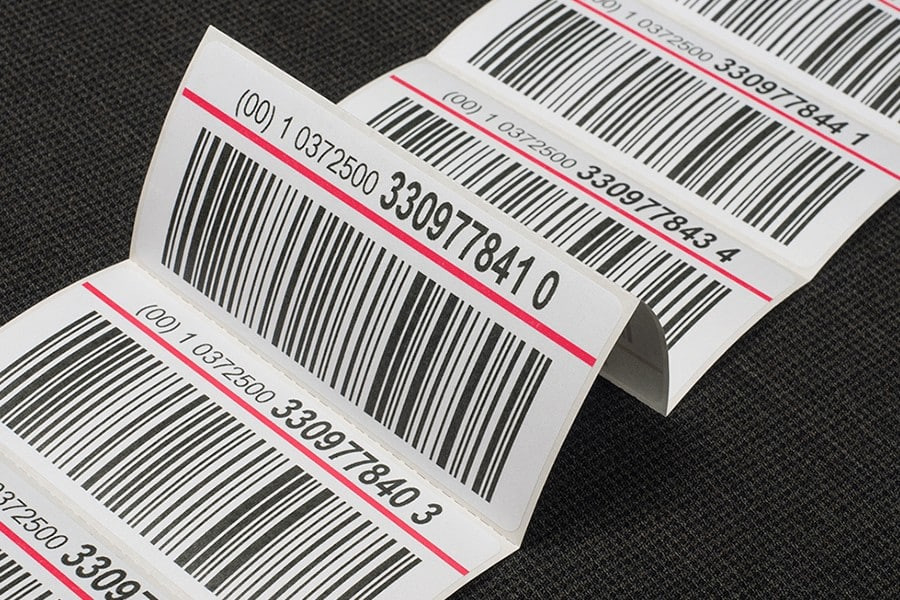Unprecedented Snowfall in the Crescent City
The usually sun-drenched streets of New Orleans were transformed into a winter wonderland on Tuesday, January 21, 2025, as a historic blizzard dumped several inches of snow across the city. The unexpected snowfall brought the city to a standstill, closing schools, businesses, and causing widespread travel disruptions. Images and videos quickly circulated on social media, showing iconic landmarks like Jackson Square and Bourbon Street covered in a thick blanket of snow – a sight rarely seen in this southern city. The unexpected snowfall caused widespread astonishment and delight among New Orleans residents. Many took to the streets, capturing pictures of snow-covered palm trees, a truly surreal sight. This event is easily one of the most memorable weather events in New Orleans history, and surely one that will be discussed for years to come.
Record-Breaking Snowfall and Blizzard Conditions
The National Weather Service reported that New Orleans shattered its one-day snow total record by noon, with Louis Armstrong New Orleans International Airport recording 4 inches of snow— surpassing the previous record of 2.7 inches set on December 31, 1963. The snowfall rate was significant, with reports of 1 inch per hour at certain times. The combination of heavy snowfall and high winds led to near-blizzard conditions in some areas, especially along Lake Pontchartrain, where wind gusts exceeded 45 mph, creating a truly dramatic and surreal scene of palm trees swaying dramatically amidst falling snow. The National Weather Service issued the first-ever Blizzard Warning for parts of southwest Louisiana and southeast Texas, highlighting the severity of this unusual weather event. Some areas reported even higher snow accumulations, reaching up to 7.5 inches. This historic event prompted city and parish officials to issue pleas for residents to stay home and conserve water, highlighting the severity of the unprecedented weather.
Impact on Transportation and Infrastructure
The heavy snowfall and icy conditions caused significant disruptions to transportation. The Crescent City Connection and the Lake Pontchartrain Causeway were closed, along with numerous other interstates and elevated bridges in Orleans, Jefferson, and St. Charles parishes. The Louisiana State Police reported a significant increase in crashes and disabled vehicles on the state's interstates and highways. Roads became impassable in many areas due to the combination of heavy snow and high winds. Mayor-President of Baton Rouge, Sid Edwards, warned that some roads may remain closed for up to 48 hours, urging residents to stay home and avoid unnecessary travel. The situation highlighted the challenges faced by a region not accustomed to dealing with such severe winter weather conditions, and even with heavy snow the impact on daily life was immediate and impactful.
Widespread Closures and Public Response
The historic blizzard prompted widespread closures across the region. Nearly every flight to and from New Orleans Louis Armstrong International Airport was canceled. Schools, colleges, and universities in New Orleans, Baton Rouge, and Lafayette closed their doors, and many announced extended closures into the following days. Many businesses also closed, leaving streets unusually empty. The city suspended trash and recycling collection. This was further compounded with power outages reported across St. Tammany Parish and Kenner, impacting essential services and highlighting the unpreparedness for such an event.
Shelters and Curfews
Warming centers were opened to provide shelter for those in need. The Rosenwald warming center in New Orleans reached capacity quickly. Several parishes implemented curfews to discourage unnecessary travel and ensure the safety of residents. Lafourche Parish issued a curfew starting at 8 p.m., and St. John the Baptist Parish announced a dusk-to-dawn curfew, showcasing the severe and unexpected nature of the event.
A City Transformed: The Aftermath and Recovery
The blizzard left an indelible mark on New Orleans, creating a unique and unforgettable experience for residents. While the disruption caused by the unprecedented weather event was significant, the spirit of New Orleans shone through. Residents embraced the unusual conditions, building snowmen in City Park, taking photos with snow-covered statues, and documenting the surreal scene on social media. The experience provided a moment of community bonding, and a shared experience amid the unprecedented snowfall. The recovery process was highlighted by widespread efforts to clear snow-covered roads, restore power to impacted areas, and resume essential services.
The lasting impact of this historic blizzard will undoubtedly be felt for quite some time. Yet, even with challenges, the resilience of New Orleans showcased itself and its people. While this will be remembered as one of the most unprecedented weather events in history, it is a testament to the community's resilience. The ability of the city to adapt and recover from such unusual circumstances will define the years ahead.




